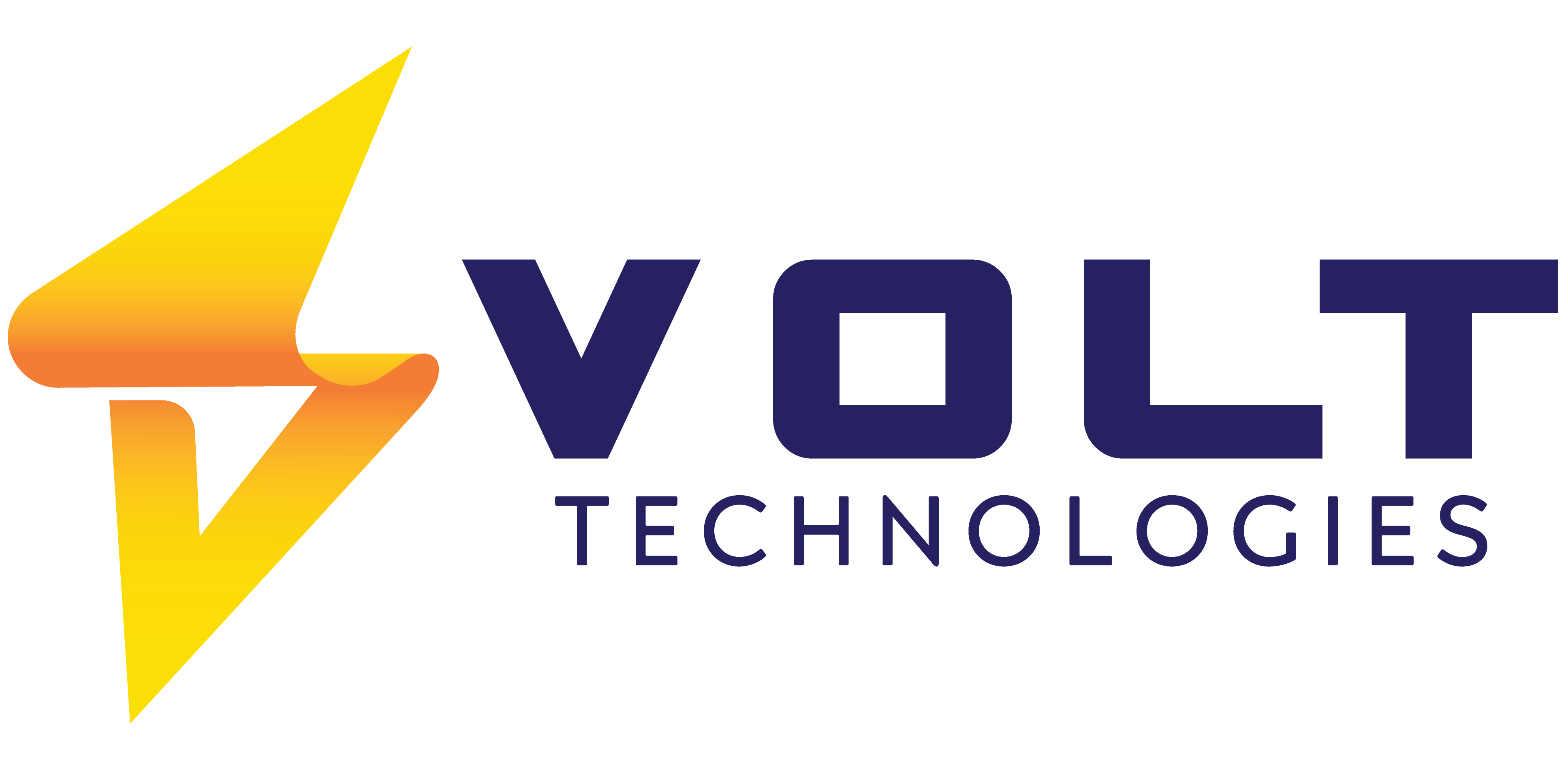Xero vs Business Central – Which One Fits Your Business Needs?


Microsoft Dynamics 365 | Simplify your IT footprint and make decisions faster.
- August 18, 2025
Introduction
Choosing the right financial system is critical for growing businesses. While Xero works well for startups and freelancers with simple needs, it quickly shows limitations as operations become more complex.
Enter Microsoft Dynamics 365 Business Central, a modern, all-in-one ERP for small and mid-sized businesses. With built-in financials, inventory, reporting, and automation, Business Central goes far beyond basic accounting, offering integrated operations and enterprise-grade functionality, all within the Microsoft ecosystem.
In this guide, we compare Xero vs Business Central, highlighting why Business Central is the best fit for companies outgrowing traditional accounting tools. From inventory management to multi-entity support, discover why Business Central is the smarter, scalable solution.
Platform Comparison: Accounting Software vs ERP
What is Xero?
Xero is a cloud-based accounting tool aimed at small businesses. It includes basic invoicing, payroll, and bank reconciliation features, great for simple bookkeeping. But as operations scale, Xero’s reliance on third-party apps becomes a bottleneck. Inventory, reporting, and operations often end up in disconnected systems and spreadsheets.
What is Microsoft Dynamics 365 Business Central?
Business Central is a complete ERP solution that unifies accounting, inventory, sales, purchasing, and reporting in one platform. Built for growing businesses, it offers:
- Advanced financial management
- Native inventory and warehousing
- Built-in CRM and project tools
- Power BI integration for reporting
- AI features via Microsoft Copilot
- Seamless Microsoft 365 integration (Outlook, Teams, Excel)
While Xero stops at accounting, Business Central empowers finance, sales, and ops to work in sync.
ERP vs Cloud Accounting: Key Differences
Capability | Xero | Business Central |
Core Focus | Accounting | Full ERP (Finance + Operations) |
Scalability | Limited | Built to scale |
Inventory Management | Basic (add-ons) | Native, multi-location, forecasting |
Reporting & Dashboards | Static | Real-time via Power BI |
Multi-Currency/Entity | Add-on dependent | Built-in |
Integrations | App Marketplace (disconnected) | Microsoft 365 + Power Platform |
Workflow Automation | Limited (Zapier) | Power Automate + AI workflows |
If you’re comparing Xero vs Business Central, the difference is clear: Xero is a starter tool. Business Central is a strategic platform.
Core Features Comparison: Business Central vs Xero
While Xero covers basic accounting needs, Business Central supports financial and operational growth within a single platform.
1. Financial Management
Feature | Xero | Business Central |
Invoicing & Bank Feeds | Yes | Yes |
Multi-Currency | Add-on | Built-in |
Forecasting & Budget | Limited | Advanced tools |
Audit Trails | Minimal | Full visibility |
Business Central includes tools like cash flow forecasting, cost centers, and audit compliance, giving finance teams greater control than Xero.
2. Reporting & Business Intelligence
- Xero provides simple statements with limited customization.
- Business Central uses Power BI to deliver real-time dashboards and tailored insights, no add-ons needed.
If fast, data-driven decisions matter, Business Central is the clear winner.
3. Inventory & Supply Chain
Xero’s inventory tracking is basic.
Business Central supports:
- Multi-location stock management
- Bills of Materials (BOM)
- Reorder points & forecasting
- Assembly and production planning
- Lot/serial tracking
Native to Business Central, no third-party tools required.
4. CRM, Sales & Ops Integration
- Xero relies on external apps for CRM and purchasing.
- Business Central offers integrated sales, purchasing, and light CRM features, synchronized with finance.
Why juggle multiple apps when one platform does it all?
5. AI & Automation
- Business Central leverages Copilot for smart task suggestions and forecasting.
- Power Automate simplifies workflows across Microsoft and third-party apps.
- Xero supports basic rules and manual workflows—often via Zapier.
6. Integration Ecosystem
Xero
- No native Microsoft 365 integration
- Limited automation, relies on Zapier
- App marketplace often leads to fragmented systems
- Add-ons increase long-term costs
Business Central
- Deep Microsoft 365 integration (Outlook, Excel, Teams)
- Power Automate for no-code workflows
- Access to AppSource for ERP-ready tools
- Unified data model across the Microsoft stack
Which Is Better: Xero or Business Central?
Not every business needs a full ERP right away. Here’s how to decide based on your stage and complexity:
Xero Is Ideal For:
- Freelancers and solopreneurs
- Startups with simple, low-volume transactions
- Businesses with one legal entity
- Those using limited features like invoicing, payroll, and bank feeds
- Teams with no IT support or integration needs
If your needs are basic, Xero is a cost-effective starting point.
Business Central Is Ideal For:
- Scaling companies with multiple departments or legal entities
- Inventory-based businesses (wholesale, distribution, manufacturing)
- Teams needing financial forecasting, compliance, or audit features
- Businesses ready for integrated operations and automation
- Those looking to move beyond disconnected apps and manual workarounds
If you’ve outgrown Xero or plan too soon, Business Central is the future-proof choice.
Xero Limitations for Growing Companies
As your company grows, common roadblocks with Xero emerge:
- Reliance on multiple add-ons for core ERP features
- Lack of deep inventory, costing, or warehouse tracking
- Manual data entry between apps and spreadsheets
- No built-in audit trails or compliance capabilities
- Poor scalability for multi-entity or multi-currency use
These aren’t just frustrations, they’re operational risks. Business Central removes these limits.
Cost Comparison & Scalability
While Xero may seem cheaper at first, long-term costs often rise due to dependencies on third-party apps and limited functionality.
Licensing Models
Xero:
- Fixed monthly fee
- Add-ons (multi-currency, payroll, project tracking) increase cost
Business Central:
- User-based plans (Essentials or Premium)
- Modular licensing, only pay for what you need
- Access to a complete ERP suite
- Partner discounts often available (e.g., via Volt Technologies)
Business Central includes more built-in value, reducing reliance on paid integrations.
Hidden Costs to Watch
Cost Factor | Xero | Business Central |
Third-party add-ons | Frequently required | Rarely needed |
Custom integrations | High reliance | Native Microsoft links |
App-switching productivity | Lost time | Unified experience |
Data cleanup/reconciliation | Common | Minimal |
Support & upgrades | External support only | Backed by Microsoft & Volt |
True cost of ownership favors Business Central for any business looking to scale beyond basic accounting.
Scalability Snapshot
Xero:
- Struggles with inventory-heavy, multi-entity, or international operations
- Lacks real-time automation and performance at scale
Business Central:
- Scales from 5 to 500+ users
- Supports multiple entities, currencies, and warehouses
- Built on Microsoft Azure for security and performance
- Enables automation, AI, and predictive analytics out of the box
When you’re planning for growth, Business Central isn’t just a system upgrade, it’s a strategic foundation.
What Business Central Offers Growing SMBs
Unlike tools like Xero, which focus on basic accounting, Microsoft Dynamics 365 Business Central is designed as an all-in-one business management platform ideal for small to mid-sized businesses that are growing fast and need more visibility, control, and scalability.
Unified Finance + Operations in One Platform
Business Central consolidates finance, sales, purchasing, inventory, and projects—so your entire business runs from a single source of truth.
Included capabilities:
- General ledger, AR/AP, cash management
- Inventory tracking with multiple locations
- Purchasing and vendor workflows
- Job costing and project profitability
- Sales order processing and customer invoicing
No toggling between disconnected apps, everything is connected and real-time.
Real-Time Decision-Making
With native Power BI integration, Business Central enables fast, data-driven decision-making.
You get:
- Interactive dashboards for finance, sales, inventory
- AI-powered forecasts for demand and cash flow
- Drill-down capabilities for deep insights
Teams aren’t just reacting to numbers—they’re planning ahead with confidence.
Built-in AI, Automation & Copilot
Business Central includes Microsoft Copilot, AI that assists with:
- Predictive cash flow and sales suggestions
- Smart invoice generation
- Alerts for overdue receivables and variances
- Workflow automation with Power Automate (drag-and-drop)
It’s automation without needing a developer.
Microsoft Ecosystem Integration
Business Central is deeply integrated with tools your team already uses:
- Outlook: Send quotes and invoices from your inbox
- Excel: Export/import data for quick analysis
- Teams: Collaborate on financials in real time
- Azure Active Directory: Role-based access and enterprise-grade security
- Power Platform: Build custom apps, bots, or reports as you scale
This reduces IT costs and increases user adoption.
For SMBs That Don’t Want to Re-Platform Later
Business Central is ideal for businesses from 5 to 500+ users, with licensing flexibility for either:
- Essentials – Core finance, sales, purchasing
- Premium – Adds manufacturing and service management
Start small, scale seamlessly, without platform migration.
How Volt Technologies Supports the Switch from Xero
Making the leap from a basic tool like Xero to an ERP can feel daunting. That’s where Volt Technologies, a Microsoft Dynamics 365 Partner, makes the difference.
Step 1: Fit-Gap Analysis & Planning
We begin with a strategic discovery process:
- Evaluate your current Xero setup
- Identify process gaps and future requirements
- Recommend a migration timeline and module roadmap
- Clarify if Business Central is the right fit, right now
We don’t just “sell software”, we ensure alignment with your growth goals.
Step 2: Implementation & Data Migration
Volt handles the entire setup:
- Cleanse and import your Xero data
- Configure chart of accounts and financial dimensions
- Customize workflows, reports, and user roles
- Provide training for every team member
Go live with minimal downtime and no data loss.
Step 3: Post-Go-Live Optimization
We support your business long after launch:
- Create Power BI dashboards tailored to your KPIs
- Automate repetitive tasks via Power Automate
- Integrate CRM, e-commerce, and logistics platforms
- Configure AI features like Copilot as your team scales
With Volt, Business Central becomes a strategic growth engine, not just another system.
Step 4: Ongoing Support & Scaling
- Help desk & troubleshooting
- System performance health checks
- Expansion planning (users, modules, countries)
- Integration of additional Microsoft apps (CRM, HR, etc.)
Volt becomes your long-term ERP partner.
FAQs: Xero vs Business Central
- Is Business Central better than Xero for growing businesses?
Yes, especially for companies scaling beyond simple bookkeeping. While Xero works for freelancers or startups, Business Central offers integrated finance, inventory, reporting, and automation, ideal for small and mid-sized businesses.
- Can I migrate from Xero to Business Central?
Absolutely. With support from a Microsoft Partner like Volt Technologies, you can migrate your Xero data (vendors, customers, transactions) into Business Central with minimal disruption.
- What are the key differences between Xero and Business Central?
- Xero is a basic accounting tool with limited scalability
- Business Central is a full ERP that supports financials, operations, automation, and growth
- Xero relies on third-party add-ons
- Business Central has built-in modules and deep integration with Microsoft 365
- Is Business Central too advanced for small teams?
No. Business Central is designed for ease of use and can be scaled gradually—starting with core finance and expanding as your team or complexity grows. With proper onboarding from Volt, even small teams thrive.
Conclusion: The Smarter Choice for Growing Businesses
Xero is a great entry-level accounting tool but for businesses poised to grow, it quickly becomes a bottleneck. From disconnected apps and manual reporting to limited automation, its simplicity becomes a constraint.
Microsoft Dynamics 365 Business Central eliminates those roadblocks. It brings real-time visibility, scalable operations, and AI-powered automation into one connected platform, transforming finance into a driver of growth.
And with Volt Technologies as your implementation partner, your transition from Xero is efficient, secure, and tailored to your unique business goals.
Ready to Upgrade from Xero to Business Central?
Let Volt help you modernize your finance stack, without the growing pains
Book Your Free ERP Assessment
Learn More About Business Central Implementation Services
Grow with clarity. Scale with confidence. Choose Business Central.
